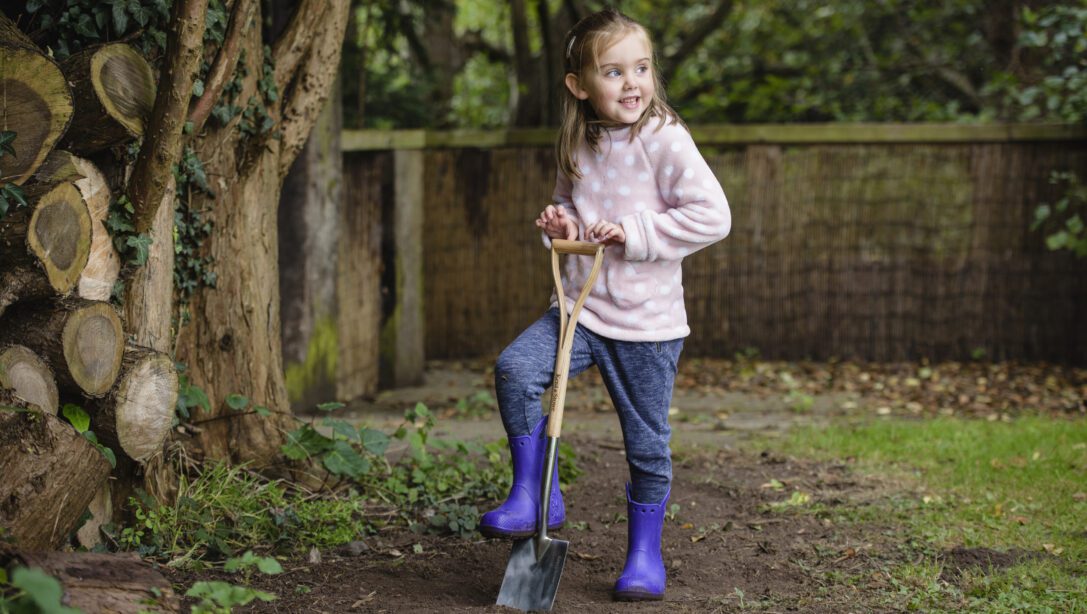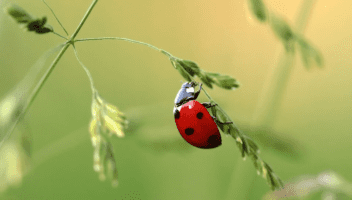A young gardener making use of her Kent & Stowe children’s digging spade
Green fingers come in many sizes. Gardening is a fantastic activity for every age, bringing a whole host of physical and mental benefits. Encourage a love of nature and a joy for the garden from childhood by working together on some simple, rewarding gardening activities.
Here, we highlight 9 great gardening ideas for children.
1. Take Sensory Garden Tours
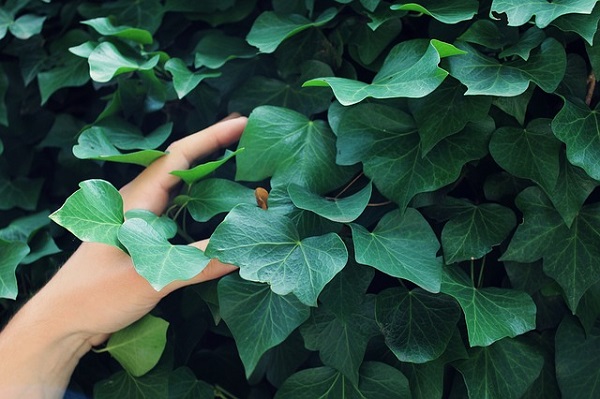
Gardens are stimulating for the eyes, but also for your sense of smell, touch, sound – and in some cases, taste. Take your time to explore the garden with your children with all the senses in mind.
If you have scented plants or a herb garden, try and see if they can identify the plants by smell with their eyes closed. Similarly, take some time to stand with eyes closed and describe everything they can hear – the rustling of leaves, birds flying around, running water if you have a water feature. Feel the texture of your plants. Make rubbings, tracings or still life drawings of leaves and bark and explore how petals and foliage create colour on paper when rubbed against it – of course, be conscious not to do this with any plants that are toxic or irritants when touched.
You may want to consider creating a sensory garden to enhance this experience. Incorporate scented plants, such as hamamelis, daphne, Choisya ternata, lavender, salvia and roses. Grow herbs, fruit and veg and edible flower like nasturtiums for taste. For texture, try the bark of trees, the soft catkins of salix, grasses and the unusual texture of succulents.
But, whatever you have in your garden now, by focusing on more than just its appearance (as important as that is!) you can inspire your children to look more closely and appreciate the world around them.
2. Choose Fast Growing Plants from Seeds
Teaching children that patience is a virtue is commendable and gardening can help with that. But, particularly for those just getting into it, seeing the fruits of their labours quite quickly will help keep them interested.
Some seeds have a particularly high success rate and grow quickly. Sunflowers, marigolds, cress, mustard, sweet peas, nasturtiums, radishes and many herbs are all good, rewarding options.
3. Create a Dedicated Children’s Flower Bed
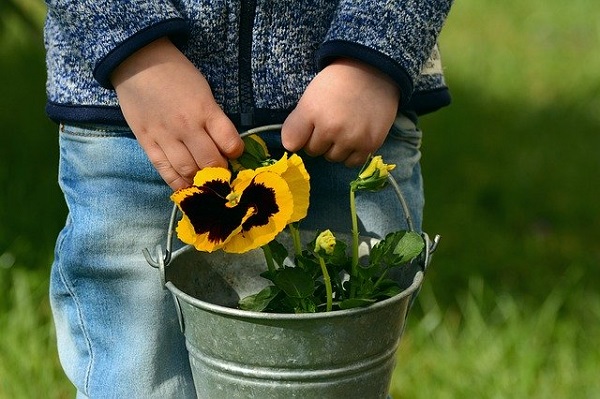
If space allows, giving over a small section of the garden to your children will allow them to hone their green fingers without a parent telling them they’re making a terrible mess and not quite doing it right. Equally, you could purchase them their own small trough or planter.
They can learn to prepare their own bed, digging it over, raking the soil, weeding and incorporating compost and then have the satisfaction of watching their plants germinate. If your children are a little older, you could construct a raised bed together for vegetable growing, with careful use and supervision of tools.
Yes, the plant spacing may be a bit more haphazard than in the rest of the garden but we all have to start somewhere! You may equally discover that your child’s section becomes one of best in the garden …
4. Tidy Together
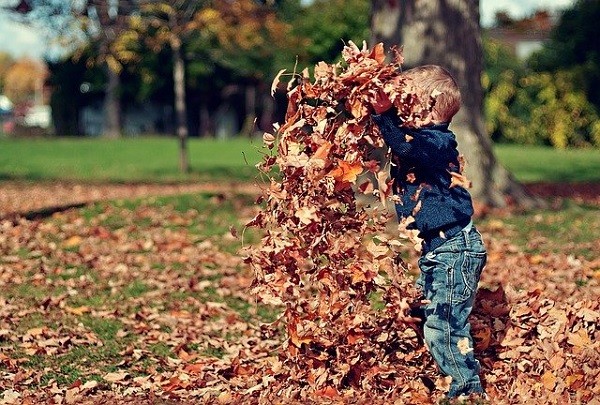
While children may be averse to tidying their own rooms, helping clear in the open air is much more appealing.
Armed with a child-sized wheelbarrow, they can help clear leaves from lawns and remove debris from beds and borders. Weeding is also a satisfying activity, learning to spot those less welcome plant guests and how to carefully remove the entire root so it doesn’t reappear.
Read our ‘what to do in the garden by month‘ guides to find out recommended activities each month and get your children to join in!
5. Create Cheerful Containers
Container gardening is a wonderful way to exercise creativity and, in many cases, allows the satisfaction of instant impact.
There are so many options to what to plant in, from traditional terracotta pots or beautifully coloured containers to wooden barrels, old bathtubs and unused water features.
Choose a good selection of small seasonal plants to combine together. Before starting to plant up your container, make sure there is sufficient drainage, with holes in the bottom. If placing on the ground, it can also help to raise on pot feet if you have them. Next, fill two-thirds full with multi-purpose compost. Arrange the plants, fill to the top with more compost and firm it in. Water well and continue to water regularly, particularly during sunny spells. Hopefully, your children will be happy to lend a hand with the watering can!
6. Give Them Their Own Gardening Tools
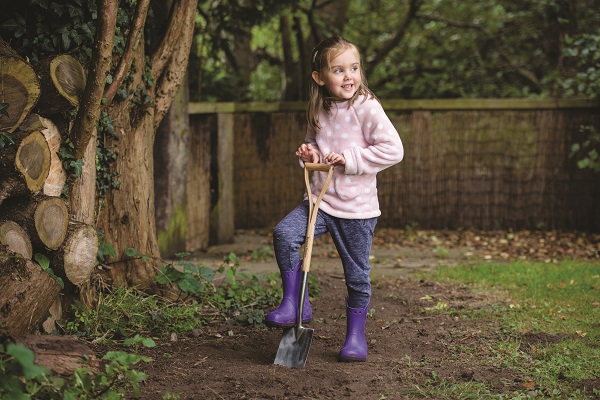
Instil responsibility as well as helping them join in with you in comfort with children’s gardening tools.
At Hillier Garden Centres, you can find Buds Children’s Gloves designed specially to offer comfort and protection to smaller hands. Kent & Stowe also have a dedicated children’s range, which includes a a digging spade, digging fork, garden rake, hand fork and trowel.
7. Nature Watch
It isn’t just the plants that bring interest to the garden; the many creatures who also occupy your personal ecosystem can be fascinating to children.
Hold a birdwatching hour. Help them identify the most common birds in our gardens. Photograph them if you can, and find out more about each species when you’re done. Listen to the different sounds on the British Birdsong website. If you don’t have currently have many birds in your garden, consider getting a bird feeder – window feeders are also available if space is limited.
Search for insects – worms, bees, caterpillars, woodlice. Talk about their habitats and the important role they play in the garden. Talk about some of the plants most loved by bees and most loved by butterflies. Nuture the future generation of conservationists!
8. Create a Wildlife Area
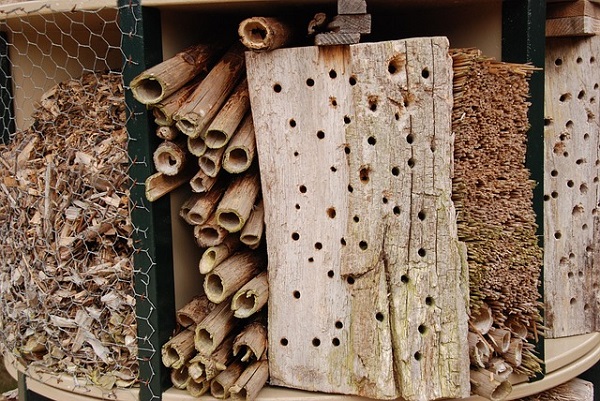
Our wildlife species are in decline. Together with your children, you can help make your garden a haven for wildlife, whether that’s small changes or with big projects that older children can help with.
In an article for Hillier on gardening for wildlife, TV and radio presenter and wildlife specialist Kate Bradbury shared a number of ideas for supporting wildlife in gardens; many of these can be done together as a family.
Make habitat piles. Bring together logs, leaves, plant debris and even stones as a prominent garden feature – or, if you’re more tidy-minded, tuck them at the back of your borders where you can’t see them.
Put up a bee habitat. You can either purchase a ready-made one, or construct your own using planks of wood, bamboo canes and log chunks. The RSPB have a detailed plan for constructing a luxury bee hotel.
Compost together. Discuss what can and can’t go into a compost heap and how long it takes items to biodegrade. As your compost heap grows, enjoy watching the variety of insects doing their work to compact it down!
Dig a small pond. Water in a garden can be a potential hazard for smaller children, but a small pond – or, larger if you have space and your children are water competent – is fantastic for attracting birds, amphibians and insects such as dragonflies.
9. Grow Vegetables
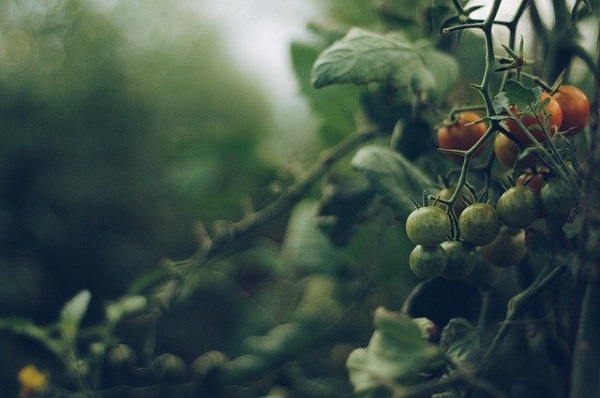
Growing your own produce is fantastic in so many ways. When growing with children, they get to understand exactly where the food that appears so readily in our shops comes from as well as appreciating the beautiful flavour of your own home-grown, freshly picked vegetables.
A number of vegetables are easy to grow, so good for beginners, as well as being useful in a variety of recipes.
It might not always be a child’s favourite, but salad plants are extremely quick-growing, from seed to plate in a matter of weeks. Perhaps it will help them re-evaluate the healthy, green, leafy intruder on their plate!
They are slow to grow, but potatoes come with the fun of many stages of growth, from chitting to earthing up. They can also be grown in bags where space is at a premium. Read our guide to growing potatoes for step by step instructions. Although potatoes are generally chitting in late winter to early spring, if you wanted to grow your own potatoes for your Christmas dinner, seed potatoes are available in garden centres in July.
French beans, runner beans and broad beans are great choices to grow with children. These climbers need support as they grow, which leads to another fun project – constructing a wigwam. Simply place three to four bamboo canes into the ground and tie together at the top. Sow the seeds around each cane at the base – you will only need a single seed at the base of each cane for climbing runner and French beans.
Onions are incredibly easy to grow, as well as being the staple in many recipes. Sow in spring and harvest in autumn. Follow our guide to growing and harvesting onions for details.
Anyone who has ever eaten a tomato fresh off the vine will understand the enormous taste difference between fresh produce and that which has been chilled and stored. Tomatoes can be grown in a greenhouse, but equally they can be planted outdoors in tomato grow bags or even in hanging baskets, so don’t let a lack of greenhouse put you off.
For recipe inspiration, view our recipe collection created by our Hillier Development Chef.
There are many more wonderful ways the garden can inspire children. You can find a large number of books, either with more ideas for projects or inspired by the garden. In Hillier Garden Centres, for example, look for What’s in the Garden nature colouring book; We Are a Garden by Louise Greig to help identify animals and plants or, for very little ones, Carry Me 123 Rainbow Garden.
Useful Items for Gardening with Children
- Plants for a sensory garden (in particular herbs, lavender, roses, fruit and veg, nasturtiums)
- Fast-growing seeds: sunflowers, marigolds, cress, mustard, radishes, sweet peas
- Children’s gardening tools: gloves, spade, trowel, watering can, small wheelbarrow
- Compost (for planting containers or creating beds and borders)
- Pots and seasonal plants (for container gardening)
- Bird feeder / window feeder
- Bee bar / house
- Vegetable seeds – lettuce, French beans, runner beans, onions, tomatoes


